Bank of Canada Rate Announcement April 13th, 2016
The Bank of Canada today announced that it is maintaining its target for the overnight rate at 1/2 per cent. The Bank Rate is correspondingly 3/4 per cent and the deposit rate is 1/4 per cent.
Growth in the global economy is expected to strengthen gradually from about 3 per cent in 2016 to 3 1/2 per cent in 2017-18, a weaker outlook than the Bank had projected in its January Monetary Policy Report (MPR). After a slow start to 2016, the US economy is expected to regain momentum, but with a lower profile and a composition that is less favourable for Canadian exports. Financial conditions have improved, partly in response to expectations of more accommodative monetary policy in some major economies.
Prices of oil and other commodities are off their earlier lows and slightly above levels assumed by the Bank in January, but remain well below historical averages. Nonetheless, the Bank expects deeper cuts to investment in Canada’s energy sector than were forecast in January. Meanwhile, the Canadian dollar has firmed, reflecting shifting expectations for monetary policy in Canada and the United States, as well as recent increases in commodity prices.
The Canadian economy’s complex structural adjustment to the oil price shock is ongoing and will dampen growth throughout the Bank’s projection horizon. First-quarter GDP growth appears to have been unexpectedly strong, but some of that strength is due to temporary factors and is likely to reverse in the second quarter. Still, it does appear that the positive forces at work in the economy are starting to outweigh those that are negative. Non-resource exports are expected to strengthen, but their profile is weaker than previously projected, in part because of slower foreign demand growth and the higher Canadian dollar. The economy continues to create net new employment, especially in services, despite job losses in resource-intensive regions. In this context, household spending continues to expand moderately. While business investment is still shrinking due to sizeable declines in the energy sector, it is expected to turn positive later this year. The complex adjustment figures importantly in the Bank’s annual review of the economy’s potential, which has resulted in a lower estimated range for potential output growth.
The combined effect of all of these global and domestic developments would have been a modest downgrade of the Bank’s outlook. However, the fiscal measures announced in the March federal budget will have a notable positive impact on GDP. The Bank now projects real GDP growth of 1.7 per cent in 2016, 2.3 per cent in 2017 and 2.0 per cent in 2018. This new growth profile, combined with the revised estimate for potential, suggests the output gap could close somewhat earlier than the Bank had anticipated in January, likely in the second half of 2017.
Inflation in Canada continues to track largely as the Bank anticipated. Total CPI inflation is below the 2 per cent target and will likely ease further before returning to 2 per cent as the effects of exchange rate pass-through and lower consumer energy prices unwind and the economy’s excess capacity diminishes. Measures of core inflation are close to 2 per cent and continue to reflect the offsetting influences of past exchange rate depreciation and excess capacity.
Overall, the risks to the profile for inflation are roughly balanced. Meanwhile, financial vulnerabilities continue to edge higher, in part due to regional shifts in activity associated with the structural adjustment underway in Canada’s economy. The Bank’s Governing Council judges that the overall balance of risks remains within the zone for which the current stance of monetary policy is appropriate, and the target for the overnight rate remains at 1/2 per cent.
Here are the remaining announcement dates for 2016:
- Wednesday 13 April*
- Wednesday 25 May
- Wednesday 13 July*
- Wednesday 7 September
- Wednesday 19 October*
- Wednesday 7 December
*Monetary Policy Report published
All rate announcements will be made at 10:00 (ET), and the Monetary Policy Report will continue to be published concurrently with the April, July, and October rate announcements.
Katherine Martin
Origin Mortgages
Phone: 1-604-454-0843
Email: kmartin@planmymortgage.ca
Fax: 1-604-454-0842
RECENT POSTS






